In the time of Covid-19 and the resulting economic downturn, it’s more important than ever to engage with Business Continuity and develop a comprehensive plan that accurately reflects the challenges your business could face. The ultimate goal of Business Continuity is to enable an organization to resume normal operations as quickly as possible following a disaster. That disaster could include anything from a fire to a data breach, which is why effective Business Continuity requires careful evaluation of both processes and finances in order to achieve resilience in the face of uncertainty.
Start from the Top Down
Fostering company-wide participation is the first step in successful planning and implementation of a Business Continuity Plan. Few things are more frustrating than developing necessary policies only to have them fall flat or meet resistance when you get to the implementation phase.
It’s also important to streamline the development and planning process to make sure you have input from the individuals in your company who have hands-on experience with the topics you’re addressing.
Don’t forget to involve the following departments when planning, maintaining, and updating your Business Continuity Plan:
Board of Directors (if applicable)
Executives
Finance and Accounting
IT & Data Security
Department Managers
By creating buy-in across all levels of the company, you’ll be able to execute a successful, holistic Business Continuity Plan that takes every facet of your business into account.
Common Threats to Include in Your Plan
While you certainly can’t plan for every disaster or business interruption, there are several common threats you should include in your development stage. These threats include:
Fires
Pandemics (like Covid-19)
Weather Events
Natural Disasters
Cyber Attacks/Data Breaches
Environmental Pollution
Employee Walkouts
Acts of Terror
It’s also common to consider accidents that could occur off of company property in formal plans. For example, some companies create restrictions for how many higher level executives are allowed to travel in the same vehicles, especially airplanes.
During the planning stage, it’s also important to consider threats that could impact your supply chain. If you have one primary vendor for the majority of your supplies or goods, you might want to diversify that area of your business. It’s not unheard of to involve your vendors in your Business Continuity Plan by notifying them of your policies or even asking them to provide you with a sample of their own Business Continuity efforts.
Key Business Components to Address
In order to respond quickly and effectively to the common threats you identify, you’ll need to address the components of your business that will be impacted to the highest degree. A Business Impact Analysis is useful at this stage to determine how an event will affect the recovery of different parts of your business.
Be sure to include the following business components in your analysis:
Human Resources
Reputation
Supplier Relations
Investor Relations
Physical Assets
Financial Positions
A key term here when examining the components of your business is the Maximum Tolerable Outage, or the amount of time until your business’s viability will be threatened. This is where you’ll want to consider things like cash flow, supply chain, and distribution. Your finance and accounting department will play a critical role in helping you plan effectively and bolster strategic financial management during a disaster.
Once you identify the components of your business that are most vulnerable to interruption, you can develop responses to be implemented, tested, and adjusted as your business moves forward.
Create a Realistic Plan to Implement
It’s easy to go down the rabbit hole of possible disasters and their required contingency plans while developing your plan. However, there’s a difference between being prepared for probable issues that might impede your day-to-day business and getting bogged down in scenarios that are unlikely to occur (even if they would drastically hinder your operations).
The goal here is to find a balance between combating disasters with well-planned, company-wide continuity efforts and a healthy return on investment. You and your team will spend hours developing your plan, not to mention the additional time spent working on implementation and updates as your business grows or adds new relationships.
Afterall, you’re not creating a Business Continuity Plan for the sake of having a plan. You’re investing time and resources in ensuring your business can weather the storms that are likely to occur while protecting profits, vendor relationships, employee wellbeing, and customer approval.

